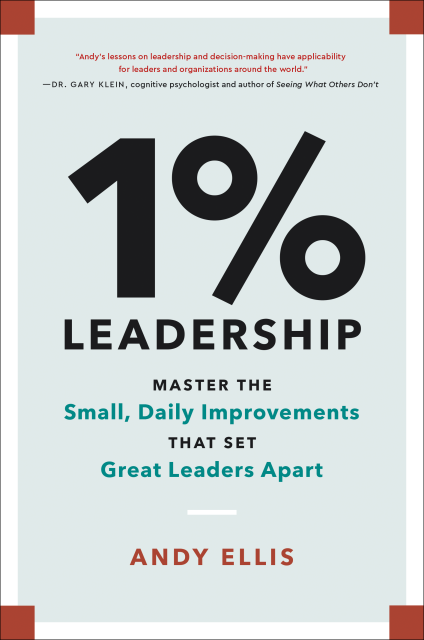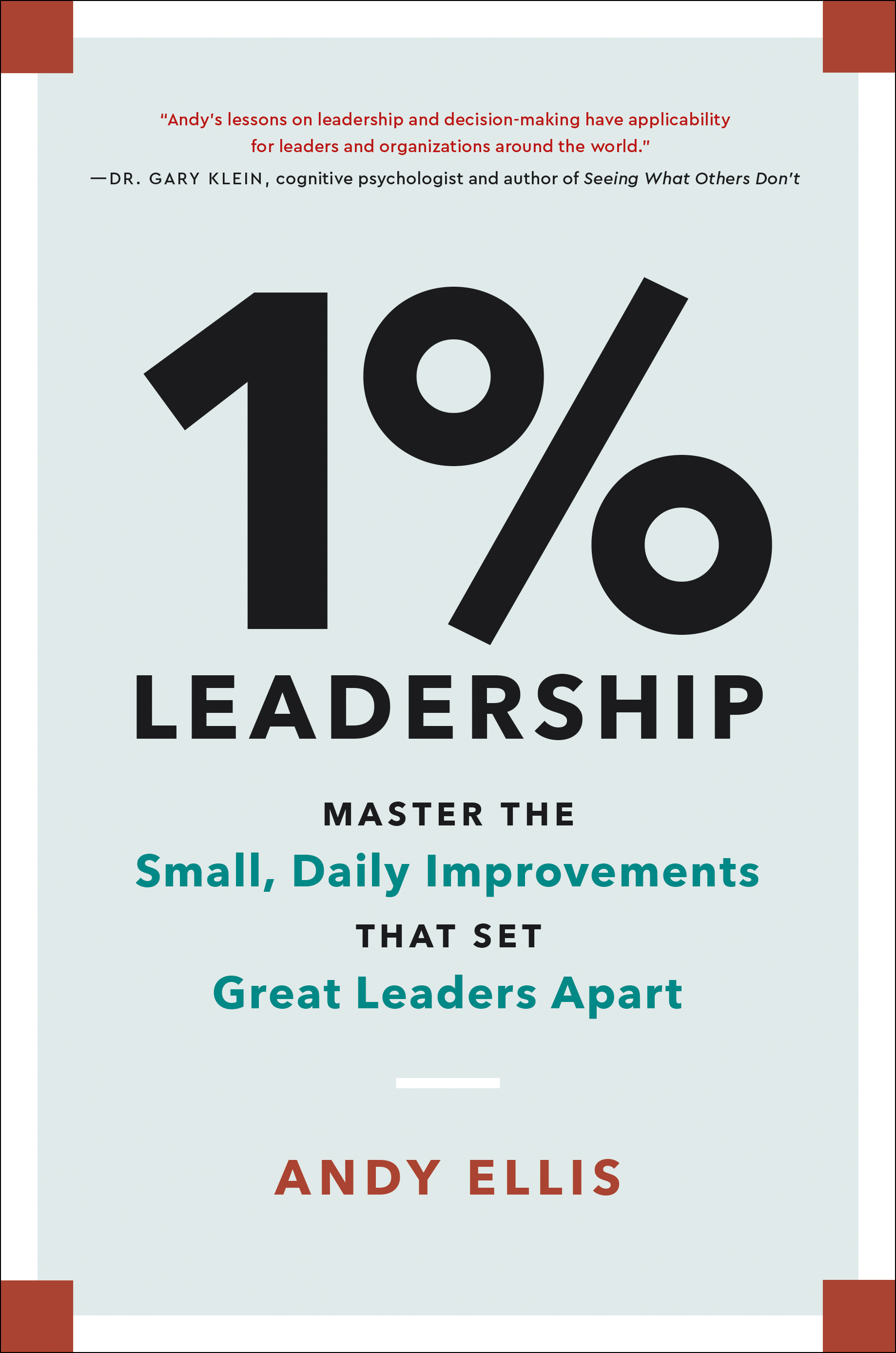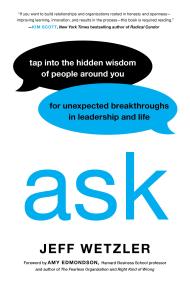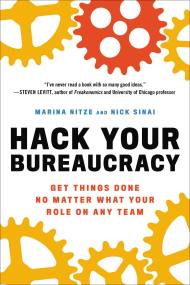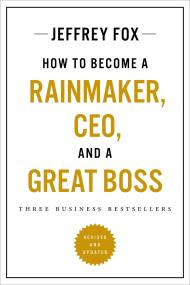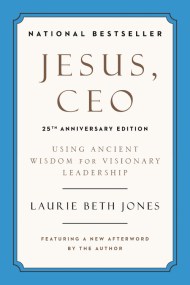Promotion
Shop now and save 20% on your back-to-school purchases & get free shipping on orders $45+ Use code: SCHOOL24
1% Leadership
Master the Small, Daily Improvements that Set Great Leaders Apart
Contributors
By Andy Ellis
Formats and Prices
Price
$29.00Price
$37.00 CADFormat
Format:
- Hardcover $29.00 $37.00 CAD
- ebook $15.99 $20.99 CAD
- Audiobook Download (Unabridged) $18.99
This item is a preorder. Your payment method will be charged immediately, and the product is expected to ship on or around April 18, 2023. This date is subject to change due to shipping delays beyond our control.
Also available from:
One of the most well-known and experienced cybersecurity leaders shares dozens of lessons and observations that anyone, at any stage of their career, can use to create a work culture of continuous improvement and strong leadership.
Leadership development speaker & consultant Andy Ellis is the former CSO of Akamai, where he contributed to the creation of Akamai’s billion‑dollar cybersecurity business. He now brings his speaking, consulting, and business knowledge to readers with 1% Leadership—based on the reality that real-world leadership is messy and complicated; it rarely fits into an acronym or a dogmatic overarching philosophy. Ellis says that there are no “irrefutable laws” of leadership or power; there is no secret. As a result, 1% Leadership does not provide one path to leadership—it provides dozens of practical lessons that anyone, at any stage of their career, can use continuously make tiny “1% at a time” improvements. 1% Leadership is a handy guidebook that business readers can regularly apply to identify blind spots, boost morale (both personal and among teams and organizations), and solve problems at work.
Readers can spend a few minutes each Monday morning to focus on one lesson for their leadership development—perhaps that lesson only improves their performance by 1%; but it’s those accumulated 1% improvements that separate the best leaders from everyone else. Lessons include:
- To engage in the present, be of two minds about the future. Worrying about failure will make success even more unlikely. Only by engaging in the present with that worry set aside can we find the path to success.
- Four days of great work now are rarely more important than four months of good work down the road. Show that long-term wellness matters.
- Performance development should be applied to every person on your team. Rather than treating the performance process as a way to identify and document poor performers, create a process that aims to improve and develop every person on your team.
-
“Andy has a knack for actionable storytelling, for distilling core advice from complicated topics with relatable anecdotes. And as one of the most well-known and experienced leaders in the cybersecurity arena, his lessons on leadership have real and lasting value for organizations and leaders across the globe.”Bruce Schneier, bestselling author of Data and Goliath
-
“Andy has a gift for presenting ideas and examples that can go far beyond typical leadership books. His lessons on leadership and decision-making, drawing on both his own experience and the best of academic research, have applicability for leaders and organizations around the world.”Dr. Gary Klein, cognitive psychologist and author of Seeing What Others Don’t
-
"An upbeat, wise, and value-based approach to leadership that can truly make a difference."Rabbi David Wolpe, Senior Rabbi at Sinai Temple and author of Making Loss Matter
-
"1% Leadership doesn't romanticize leadership. It paints a very real picture of leadership, highlights your challenges, and holds you accountable. It's a mentorship masterclass."Chris Cochran, co-founder and CEO, Hacker Valley Media
-
"To address the difficulties of self-awareness and the need to develop personally and professionally at the same time, Ellis compellingly urges us to aspire to lead with kindness, grace, and humility."Jonathan Zittrain, George Bemis Professor of International Law and Professor of Computer Science, Harvard University
-
“There is nothing comparable to advice from the trenches. Andy has been there, modeled it, and can communicate about it. I wish I had this book 20 years ago and am happy to have it now.”Gadi Evron, CISO-in-Residence, Team8
-
"Andy has clearly and comprehensively described the lessons of leadership effectively through storytelling guiding continuous improvements on the journey to great leadership. It is not a book to be read once, but is a reference book that should be on everyone's desk."Jim Noga, former CIO, Mass General Brigham
-
"Why is common sense in such short supply when it’s supposed to be, well, common? Andy Ellis takes his years in the trenches of business, across many industries, to fill that void with advice and perspective that any aspiring entrepreneur or executive should use to grow, profit and inspire their teams not just 1%, but 99.99% of the time."Paul Sagan, senior advisor, General Catalyst
-
"Smart, provocative, deceptively simple. In 1% Leadership, Andy employs his characteristic no-bull approach to coach readers into becoming better leaders, incrementally and authentically."Amy Bennett, Editor-in-Chief at Foundry (publishers of CIO, Computerworld, CSO, InfoWorld, and Network World)
-
"Every leader learns a million lessons in life, but few are able to succinctly sum them up. In 1% Leadership, Andy Ellis has done just that. He has masterfully distilled leadership lessons learned over two hard-fought decades into bite-sized chunks that anyone can digest. You'll quickly breeze through his fun, relatable stories, while picking up actionable tips that will improve your life, your team, and your world. Once you read this book, you'll want another copy to give to every aspiring leader you know!"Sherri Davidoff, CEO of LMG Security and author of Data Breaches: Crisis and Opportunity
- On Sale
- Apr 18, 2023
- Page Count
- 272 pages
- Publisher
- Hachette Go
- ISBN-13
- 9780306830815
Newsletter Signup
By clicking ‘Sign Up,’ I acknowledge that I have read and agree to Hachette Book Group’s Privacy Policy and Terms of Use
